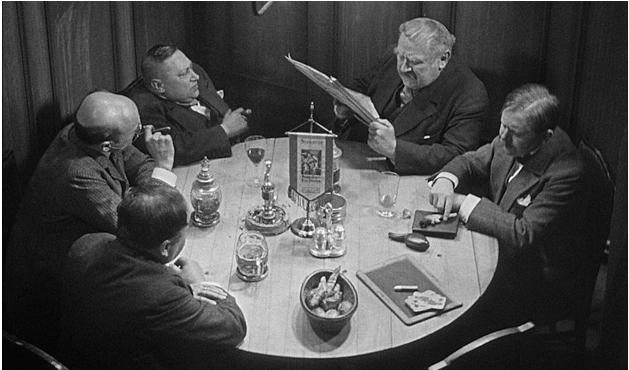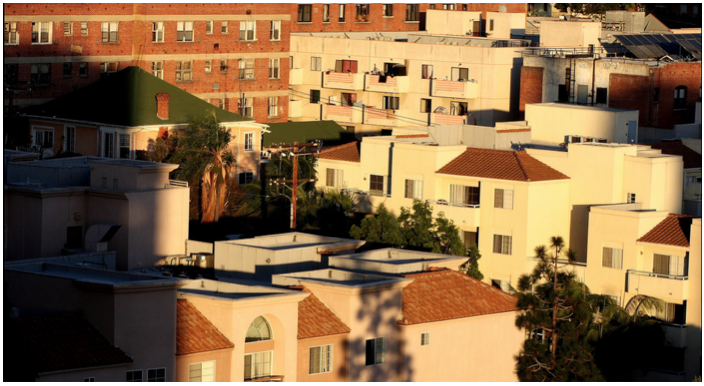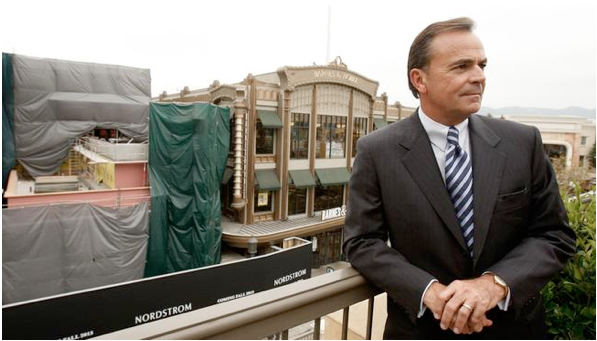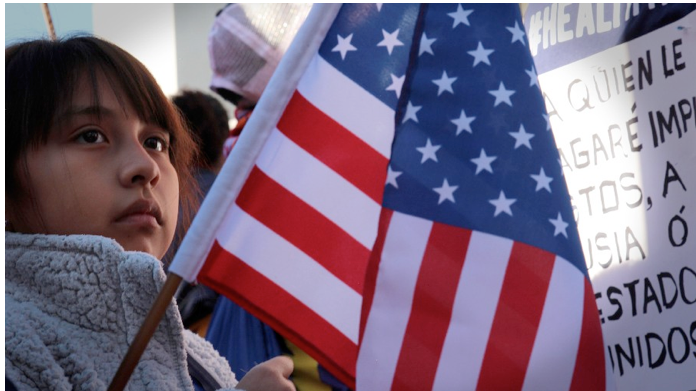Reforming the Democratic Party: California Should Lead the Way
GELFAND’S WORLD--Over the past few days, several of my friends have asked me to support them in their attempt to create a reform movement in the California Democratic Party. This isn't the first such attempt by any means, but the current confluence of bad news on the national level and grass roots rebellion on the local level makes this attempt a bit more likely to succeed. My comment is that their reform platform should go even farther.
The Blue Revolution, as it calls itself, proposes structural changes in the way the Democratic Party rules itself. Most of what it suggests is valid, but of little interest to the rest of us. But they do get to one topic that is important -- restructuring the way that members of the Democratic National Committee are selected. I would like to suggest a reason why this is important. The DNC plays a critical role in the way presidential primary elections are scheduled. The current DNC has been an utter failure in dealing with the chronic problem of giving great power to Iowa and New Hampshire, two states which fail to represent the United States as a whole or, for that matter, speak for liberal values.
Our local rebels want to change the way that California's DNC representatives are chosen. More power to them. But let's take it farther. A real reform proposal would be to demand that the DNC change the order of primaries to give the rest of the country a chance. As long as we're at it, how about making California the first or second state in the 2020 primaries?
We will know that a newly restructured DNC is for real when New Hampshire is kicked out of its first place position in the presidential primaries, and not until then. If our California DNC delegation can't make some noise about this long-overdue change, then what good are they?
Moving primaries around is a start, but it's still just a small piece of what ails us. I would like to offer a proposal that is both thoroughly radical and yet profoundly conservative. You might say it is self-sacrificial yet ambitious.
The background:
Back in the old days, Democrats got money and support from unions and from a few individual donors. The big business interests didn't feel a lot of kinship with Democrats, and gave their money mostly to Republicans. Democrats found themselves outspent, but managed to hold control of the congress for most of a half century. Unfortunately, the Democrats who controlled the U.S. Congress got a little greedy. They figured that business interests had to deal with them anyway because they held the power, so they might as well take money from business.
It was the perfect example of a short term success that becomes a long term problem. Let's consider one example of how this worked out. We'll do so by asking the following question -- does anyone trust the U.S. congress to represent the interests of the American public when it comes to prescription drug pricing? The answer is pretty obvious isn't it? We're not going to find a lot of people who would say, "I believe that the congress will do what's right for us when it comes to that issue." Notice that Republicans and Democrats are equally damaged (in the moral sense) by their acceptance of pharmaceutical money.
The Democrats have a real problem when they are not in the majority, because they don't have a simply stated ideology to fall back on. Republicans have it easy. All they have to do is recite, "Less government, lower taxes, a stronger military." Simplistic thinking combined with simplistic rhetoric does have its audience. In a nation that has been watching itself decline as an economic power since the oil embargo of the 1970s, the Democrats don't have a real strong slogan of their own to counter with.
So how about if the Blue Revolution and those of us who think of ourselves as Reform Democrats create our own litmus test. We will support candidates who refuse to take money from the drug companies, from the casinos, from oil companies and computer chip manufacturers, from Facebook and Google, Walmart and Microsoft. We will support a party that represents workers. We're not necessarily hostile to business -- we'll work with business in terms of legitimate needs -- but we need to understand who we are first.
We can start here in California. Since this is a CityWatch column, let's also apply the rule to Los Angeles City Council elections. Anybody who takes money from the developers doesn't get my vote.
I understand that it's easy to poo-poo these suggestions as being impossible to achieve. Allow me to suggest that the internet age has changed things quite a bit. I suspect that plenty of people would donate a few dollars to candidates who pledge to follow the new rule by refusing corporate money. It will require candidates who are willing to join in a new political culture. The opportunity exists for a newly reformed Democratic Party to flourish. But it has to be a party that understands that modern voters will see through insincerity.
Addendum
In my previous column, I argued that those of us who are so appalled by the Trump election should not forget our anger. One commenter argued, not unreasonably, that we shouldn't match the hatred we saw applied against Obama with hatred of our own. Fair enough, but let's clarify. I would argue that it is legitimate to be angry about the victory of racism, misogyny, and bullying. This isn't hatred so much as it is justifiable outrage. This does not mean that we should lose our self-control, but that we should stay motivated.
Someone named Phil Shailer said it much better than me. This reaction to Trump voters has been making the rounds and is likely to go viral because it speaks for so many of us.
Finally, let me thank Bill Roberson, Shannon Ross, and Carrie Scoville for making me aware of the Blue Revolution.
(Bob Gelfand writes on science, culture, and politics for City Watch. He can be reached at [email protected])












 Then we received this notice announcing the City of Los Angeles’ gifting of delicious,
Then we received this notice announcing the City of Los Angeles’ gifting of delicious, 









 “If we create a system where we’re providing representation for some categories of people because we consider them ‘deserving,'” Emi MacLean, (photo left) an attorney with the National Day Laborer Organizing Network told me, “we’re just reinforcing this really hateful, fear-mongering rhetoric of the incoming Trump administration.” MacLean’s group is pushing the measure at the city and county level in Los Angeles. In the face of the full frontal attack that immigrants expect will follow Trump’s inauguration, MacLean believes that the proper strategy is to lock arms and allow no one to be thrown under the bus.
“If we create a system where we’re providing representation for some categories of people because we consider them ‘deserving,'” Emi MacLean, (photo left) an attorney with the National Day Laborer Organizing Network told me, “we’re just reinforcing this really hateful, fear-mongering rhetoric of the incoming Trump administration.” MacLean’s group is pushing the measure at the city and county level in Los Angeles. In the face of the full frontal attack that immigrants expect will follow Trump’s inauguration, MacLean believes that the proper strategy is to lock arms and allow no one to be thrown under the bus. 














